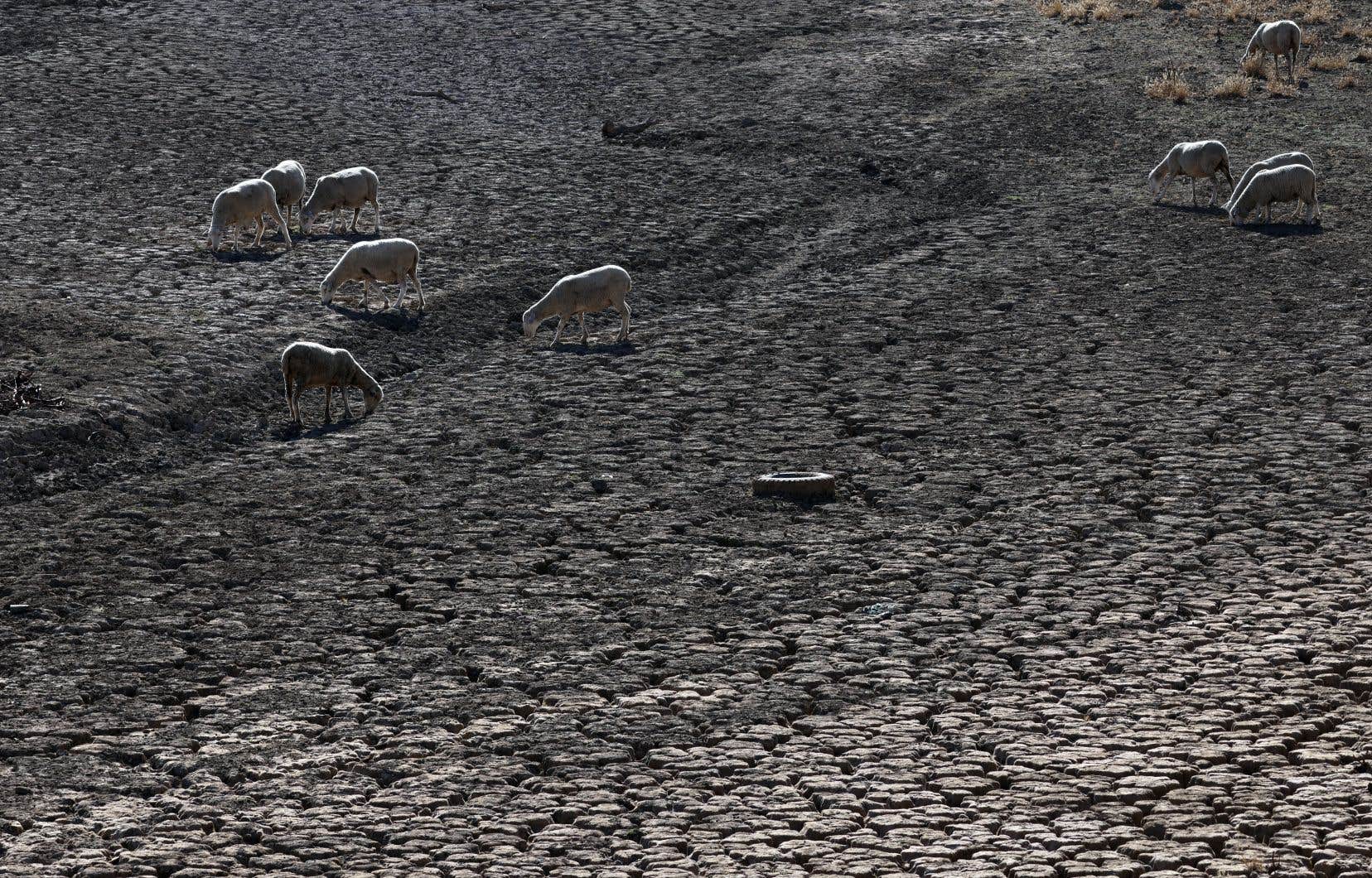Europe experienced a year 2022 warmer by 2.3°C than the climate of the end of the 19th century, confirming the overheating of the continent at a rate twice as fast as the world average, which is fueling heat waves and exceptional droughts.
“In 2022, Europe was around 2.3°C above the pre-industrial average (1850-1900) used as a benchmark for the Paris Agreement on climate change,” the Meteorological Organization announced on Monday. (WMO) of the United Nations and the European Copernicus network in their annual review.
In November, the WMO had already announced that Europe had warmed at a rate of +0.5°C per decade since 1990, twice as fast as the average of the other five global meteorological regions.
2022 was the hottest year on record for Belgium, France, Germany, Ireland, Italy, Luxembourg, Portugal, Spain, Switzerland and the UK.
Across the entire European meteorological region, 2022 was the second warmest year, or the fourth if Greenland and parts further east are included.
But almost the entire region experienced temperatures more than 0.5 degrees above normal (1991-2020).
Excess mortality
“Europe is the fastest warming region in the world,” said Professor Petteri Taalas, WMO Secretary General.
These “high temperatures have exacerbated intense and widespread droughts, fueled violent wildfires responsible for the second largest area burned on record, and claimed thousands of lives,” he said.
According to the Emergency Situations Database (EM-DAT), meteorological, hydrological and climatic hazards in Europe in 2022 directly affected 156,000 people and caused 16,365 deaths, almost exclusively due to waves of heat.
The economic damage, mostly linked to floods and storms, is estimated in total at around 2 billion dollars for the year 2022, far from the 50 billion for the year 2021 after exceptional floods.
As the thermometer climbed, rainfall was below normal across much of Europe.
“This is the fourth consecutive dry year in the Iberian Peninsula and the third in the mountainous regions of the Alps and the Pyrenees”, indicates the report.
France experienced the driest January-September 2022 period since 1976, as did the UK for January-August, causing “considerable impacts on agriculture and energy production”.
Glaciers in the European Alps have experienced “record mass loss in a single year, caused by very low amounts of snowfall in winter, a very hot summer and deposits of Saharan dust”. Since 1997, all European glaciers have lost around 880 km3 of ice.
Hope for renewables
Average surface temperatures in the North Atlantic have been the hottest on record, with each heat wave leading to species migrations and extinctions and the disruption of entire marine ecosystems.
2022 is “unfortunately not a unique case or a climate oddity”, commented Carlo Buontempo, director of the European Union’s Copernicus (C3S) climate change observatory.
The year “is part of a trend that will make extreme episodes of heat stress more frequent and more intense throughout the region”.
In 2021, the last year available for consolidated data, the concentrations in the atmosphere of the three main greenhouse gases (carbon, methane and nitrous oxide) reached their highest levels, recall the two organizations. And in 2022, data from multiple sites shows that emissions of all three gases have continued to rise.
Rare ray of hope from the report: last year in Europe, solar and wind energies together, for the first time, produced more electricity (22.3%) than gas of fossil origin (20%) and coal (16%).
